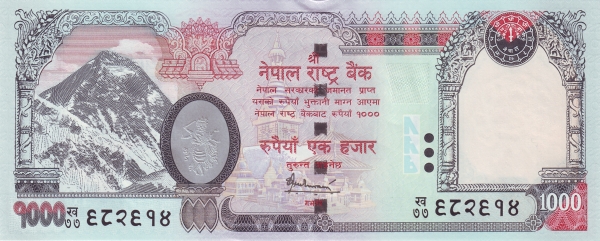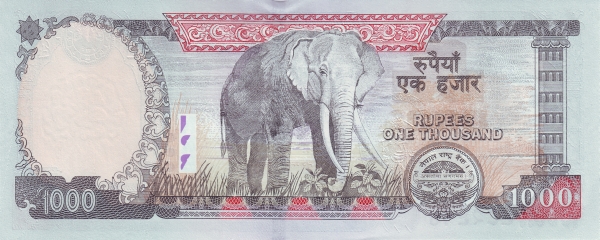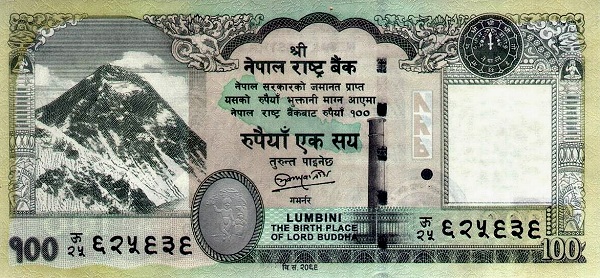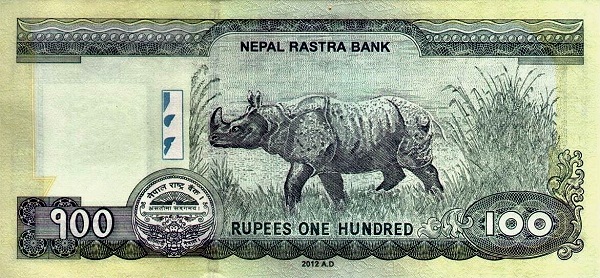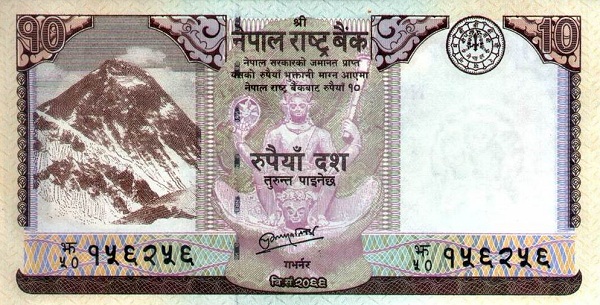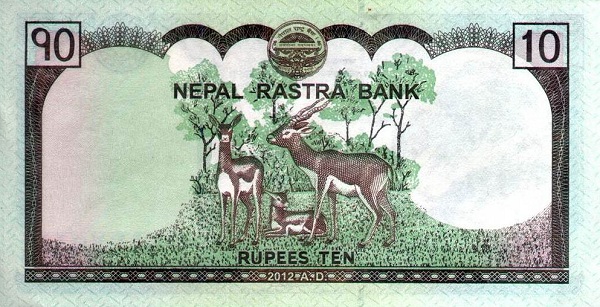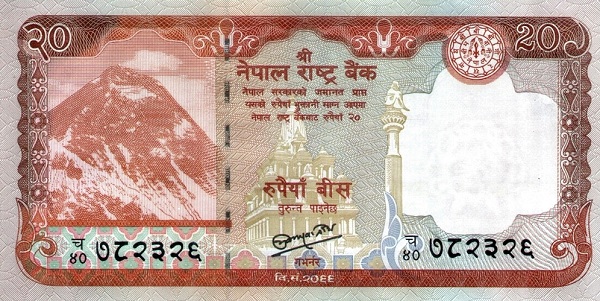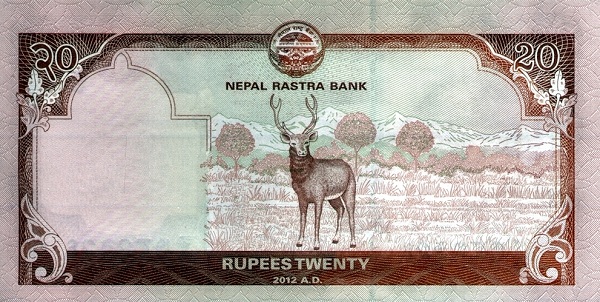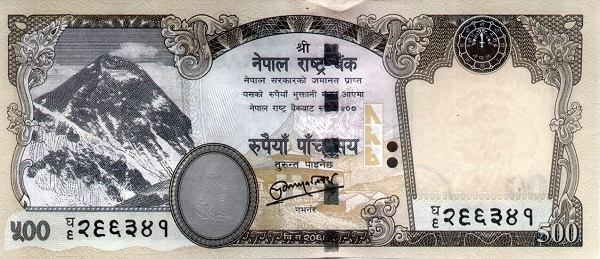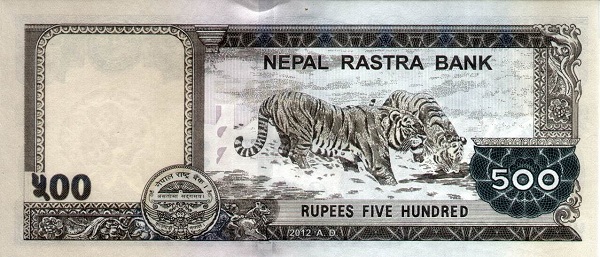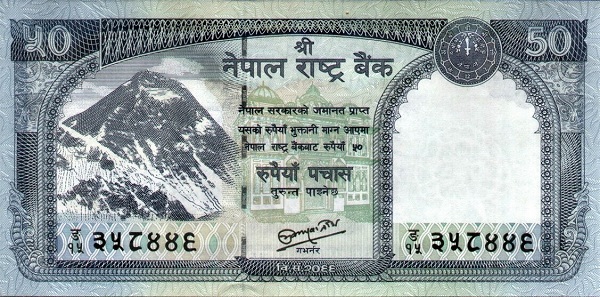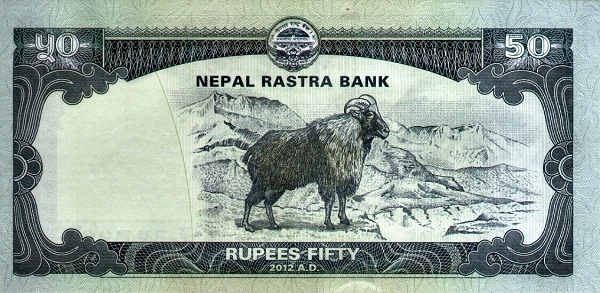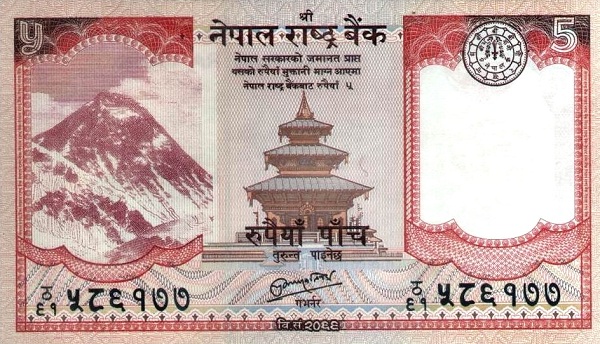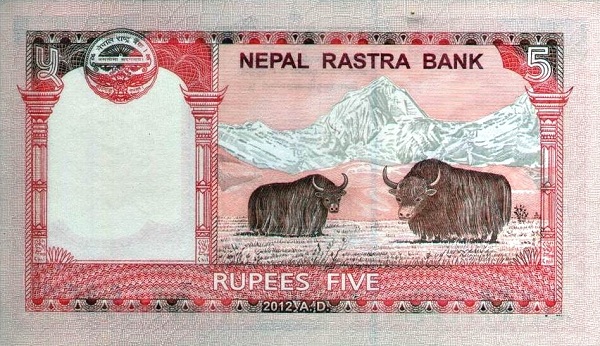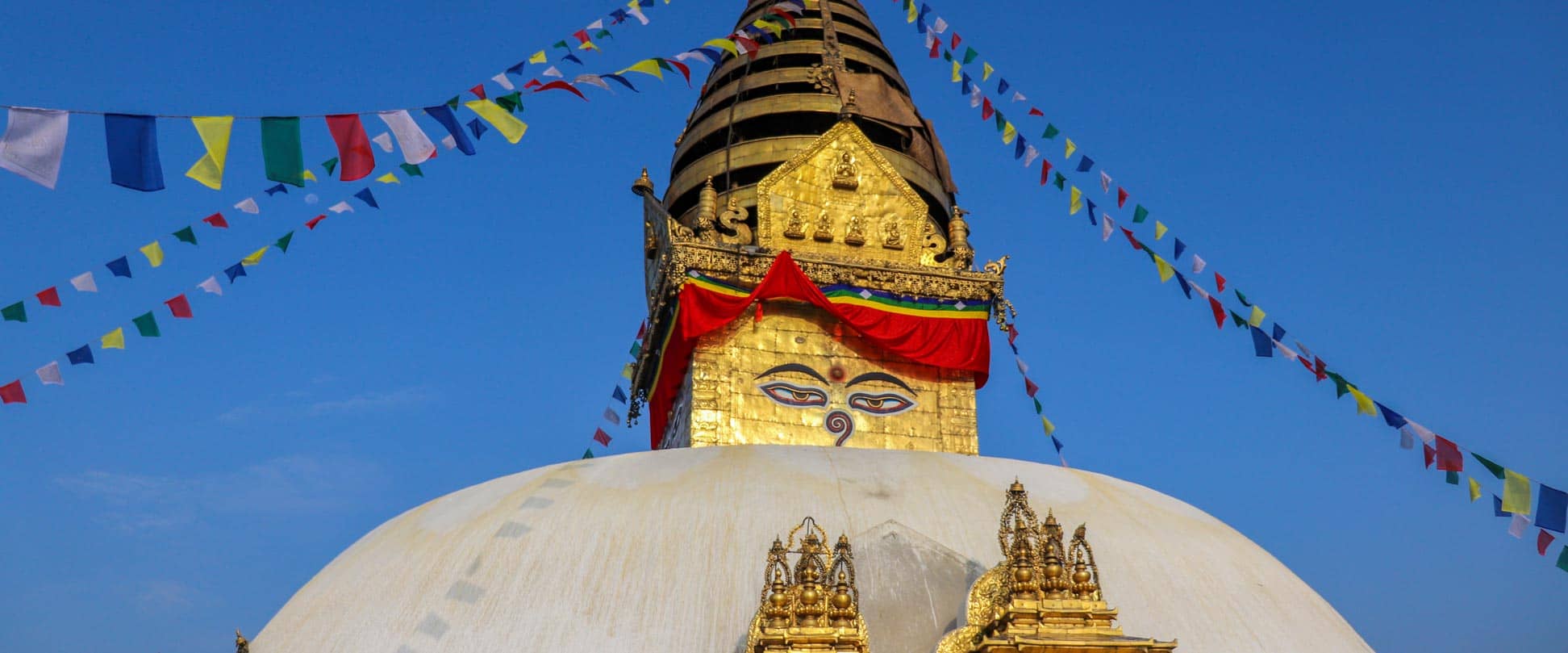Nepal: A Journey Through the Majestic Land
Nepal, nestled in the heart of the Himalayas, enchants travelers who seek adventure and spirituality. This landlocked nation shares its borders with India, specifically Uttarakhand in the west, Uttar Pradesh in the south, Bihar to the southeast, and West Bengal and Sikkim in the east. Notably, in the north, it shares a border with Xizang, a region of China known as Tibet. Covering an area of 147,181 km², Nepal possesses a size that is slightly greater than one and a half times that of Portugal or about the same as the U.S. state of Arkansas. Furthermore, it boasts a vibrant population of approximately 31.1 million as of 2024, with Kathmandu serving as the bustling capital and largest city.
The official language, Nepali, binds the nation together, as nearly half of the population communicates in it. Many others, however, converse in over 120 different Tibeto-Burman languages, showcasing the rich tapestry of cultures that exist within Nepal. In terms of belief systems, the dominant religion is Hinduism, practiced by around 81% of the populace, while Buddhism holds significant importance for about 9% of residents. The unique blend of these religious practices provides a fascinating insight into Nepal's cultural landscape.
Geographical Diversity of Nepal
Nepal's geographical structure is truly remarkable, dividing the country into three distinct ecological zones: the lowland, the midland, and the highland. To illustrate, the altitude of the Himalayan region, or the highlands, stretches between 4877 m to the towering 8848 m, where the celebrated Mount Everest, known as Sagarmatha in Nepali, stands proudly. Remarkably, this peak represents the highest point on Earth and contributes to Nepal's international fascination. Additionally, eight of the fourteen highest mountains globally, each exceeding 8000 meters in height, reside within its borders, underscoring its majestic landscape.
Transitioning from the spectacular highlands, the Lower Himalayan area captures about 64% of Nepal’s total land. This zone consists of the Mahabharat range, which reaches up to 4877 m, and the lower Churia range, also known as the Sivalik Hills. The vibrant and fertile Terai region, with its flat river plains and belt of marshy grasslands, covers approximately 17% of the country's land area. Consequently, this unique geographic diversity influences not only the climate but also the lifestyle of the people inhabiting various regions.
The Rich Cultural Heritage of Nepal
Moreover, Nepal serves as a cradle of rich cultural heritage and history. Lumbini, located in the Kapilavastu district, is renowned as the birthplace of Siddhartha Gautama, who later became known as Buddha around 500 BC. This historical significance transforms Lumbini into a pilgrimage site for those seeking spiritual enlightenment. Visitors to this sacred place can witness ancient stupas and monasteries, thereby immersing themselves in Buddhist traditions deeply rooted in Nepalese culture.
Furthermore, the intricate connection between the diverse ethnic groups and numerous languages creates a colorful mosaic. The various festivals celebrated throughout the year, such as Dashain and Tihar, reflect the harmonious coexistence of different religions and cultures. These vibrant celebrations offer both locals and tourists a chance to engage in communal joy, showcasing the country’s cultural richness.
Political Evolution of Nepal
In the realm of governance, Nepal has experienced significant transformation. The transition from an autocratic Hindu kingdom underwent a dramatic shift in 2001 when the crown prince Dipendra tragically ended his royal family's life before taking his own. Today, Nepal has emerged as a federal democratic republic. The political framework relies on the Interim Constitution of Nepal 2063 (2007), establishing a government committed to democratic principles.
The prime minister, alongside his cabinet, exercises executive power, ensuring that the country's administration remains efficient and responsive. Legislative authority is entrusted to a 601-member Constituent Assembly, responsible for drafting new laws and the ongoing development of a constitution that will shape the nation's future.
The Natural Beauty of Nepal
In addition to its cultural and political significance, Nepal is renowned for its stunning natural beauty. The diverse ecosystems that emerge from the varying altitudes support a wealth of flora and fauna. Numerous trekking routes, like the Annapurna Circuit and Langtang Valley, provide breathtaking views while challenging adventurers with their rugged terrains.
Not only can trekkers gaze upon towering peaks, but they can also encounter diverse wildlife, including the elusive snow leopard and the Indian rhinoceros in the Terai region. This combination of thrilling treks and vibrant wildlife creates a unique environment, attracting nature enthusiasts and adventure seekers worldwide.
Tourism in Nepal
Tourism acts as a fundamental pillar of Nepal's economy. The majestic landscapes and cultural heritage sites, such as the historic city of Bhaktapur and the ancient temples of Pashupatinath, present incredible opportunities for exploration. As travelers traverse through these iconic locations, they immerse themselves in the rich traditions and practices of this beautiful nation.
As global awareness of environmental issues grows, Nepal increasingly promotes sustainable tourism practices. By focusing on eco-friendly initiatives, the nation aims to protect its natural beauty while continuing to welcome tourists to experience its charms. The future of tourism in Nepal will depend on balancing economic growth and environmental conservation.
Paving the Path Forward
In conclusion, Nepal displays a unique blend of stunning landscapes, diverse cultures, and a complex historical narrative. As this nation moves forward, it strives to strengthen its political framework while enhancing economic development through tourism. Thus, those who venture into the heart of Nepal not only find adventure but also encounter a tapestry woven with rich heritage and resilient spirit. Ultimately, the promise of transformation and growth remains intertwined with the essence of this majestic land.
Largest cities of: Nepal
| City Name | Population | Year of foundation | |
| Kathmandu | 1,000,000 | circa 900 B | |
| Pokhara | 300,000 | circa 300 | |
| Biratnagar | 250,000 | 1910 | |
| Lalitpur | 200,000 | 299 B | |
| Janakpur | 100,000 | circa 300 B | |
| Bhaktapur | 100,000 | 889 B | |
| Nepalgunj | 100,000 | 1950 | |
| Butwal | 100,000 | 1846 |
Nepal: Money
